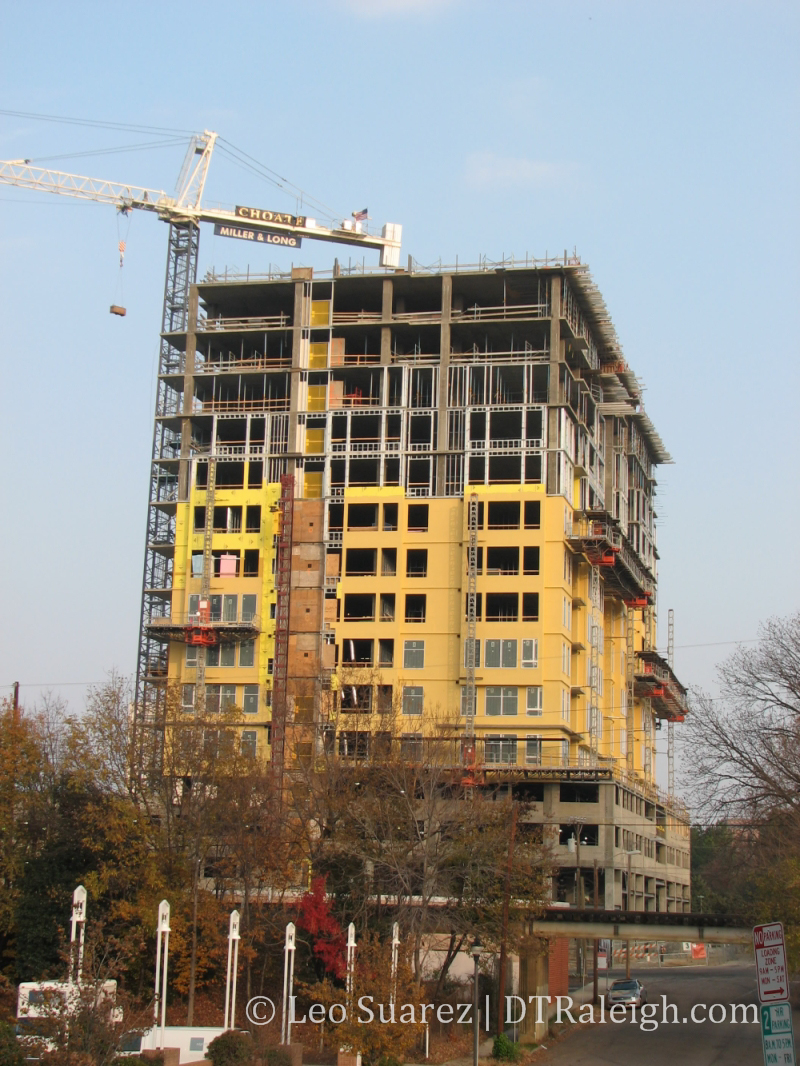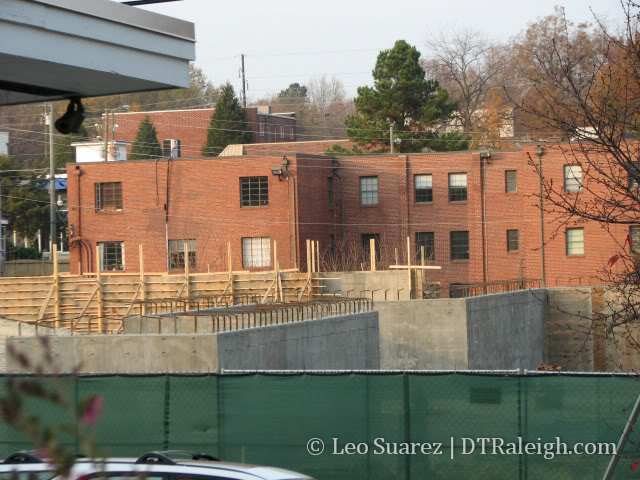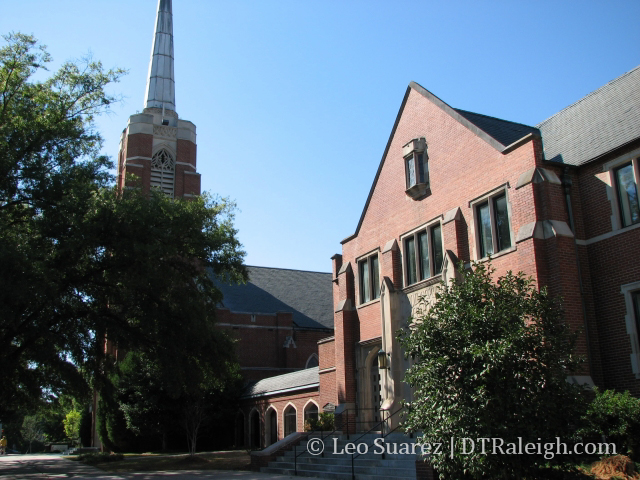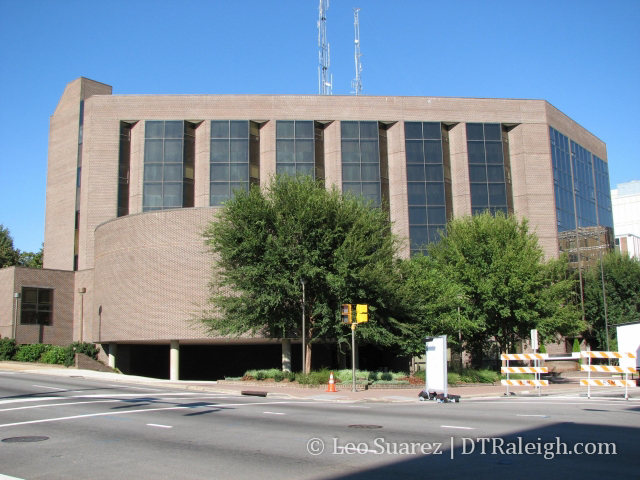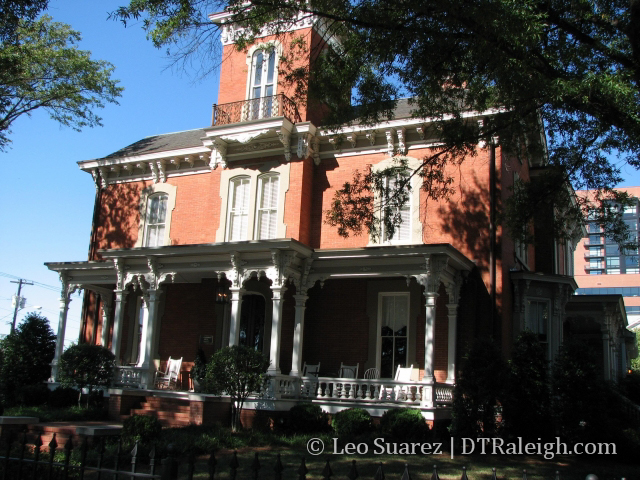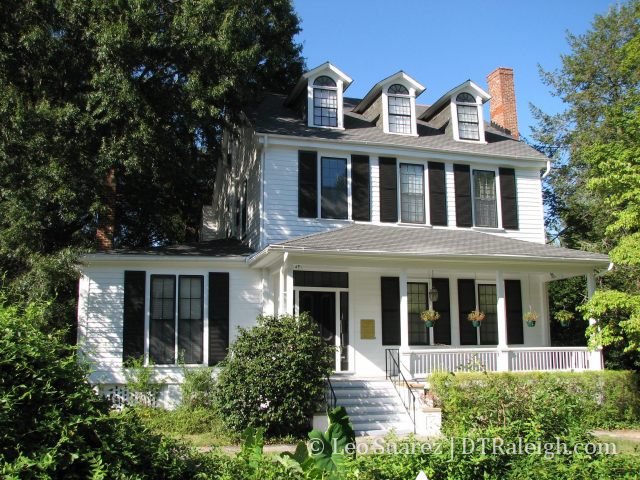A recent N&O article talked about shops and retail as becoming more of a priority downtown.
Climbing on the agenda: shopping. Economic developers are canvassing planners, developers, lenders and business owners to identify strategies to guide retail growth as a slew of homes and offices prepare to open.
There are two types of shopping that downtown needs to truly become lively and create an atmosphere unlike anywhere in the triangle. Those living downtown need a place to buy everyday items for the home with the added convenience of being close enough to walk or bike to. Secondly, those who do not live downtown want a varied shopping experience with convenience that rivals the local malls.
The residents downtown are the ones that will spend money there if services they need are available. I’ve lived here for a year now and this is coming from my own experiences. It is all about convenience and I’ve noticed that the main criticism I get from all kinds of people about living downtown are:
1. No place to park
2. Nothing is open after work hours and on weekends
3. Still need to drive places to get things you need
Residents downtown should not have to worry about number 1, practically all condo buildings now have parking decks for their cars. Still, parking is rather easy. I have not had the luxury of a deck and have parked on the street for a year now, without any hassle. I could write a book on how easy it is to park downtown but will save it for later. The second point can go either way but is slowly improving. There are places staying open on the weekends and with the convention center opening next year, we should see this complaint fade away. The third point, however, is still pretty strong. When I’m at home, if I want to pick up a six pack of beer, I have to drive. If I want to hang out at a book store, I have to drive. If I want to buy some clothes, I have to drive. If I need “just a couple things” at the grocery store, I have to drive. For Raleigh to have a fully functioning downtown I believe that these and many other things should be something easily available to any downtown resident; the key being within walking distance. The N&O article makes it seem like these needs are growing and being considered:
The number of downtown homes is expected to grow 70 percent by 2010. And almost 200,000 square feet of shops are planned or being built.
The day that I only need my car to get to work, is the day I can claim that living downtown is as convenient or even more then anywhere else in Raleigh. I expect this to come sooner rather then later.
Shopping for visitors, however, will come much later. I believe that downtown currently cannot compete with the malls of the triangle. However, as the downtown population of residents and office workers grows and visitor traffic increases, more shopping will naturally spring up. I think this may take some time, 10-15 years with the current momentum, until people start distinguishing downtown as a shopping option and there is a known shopping district that people enjoy visiting. Until then, big chains will come in and set up shop alongside independent stores that offer something unique. It just takes some planning to steer these stores in the right direction to create a shopping scene. It sounds like the Downtown Raleigh Alliance knows how important this is.
“The long-term viability of the downtown is at stake if we don’t get this right,” said David A. Diaz, chief executive of nonprofit booster group Downtown Raleigh Alliance.
It is way too early to talk about things like “downtown needs a mall” or “downtown needs a street with shops” or “downtown needs blank”. Yes, we need those things but how can we get them? The DRA seems to be on top of this with an important study.
Those efforts will tie in with a study planned by the Downtown Raleigh Alliance, which some in the city hope will make the case that downtown retail is a safe bet.
The study, to be conducted by outside consultants, will help the city identify what kinds of retailers would complement the current mix and how best to recruit them, Diaz said. It may look at how other cities have succeeded, and encourage discussion of public recruiting incentives, private financing initiatives and branding strategies. It also could explore juggling long-term hopes of the city, short-term demands of investors (return on investment) and residents’ desires (more grocery, apparel and bookstores).
Not being an expert here, I have a suggestion that will help out any future retail. I’ve heard numerous complaints from people that getting around downtown is difficult. I believe that the new signage study, mentioned here, is imperative and cannot be anything less then perfect. From a driver’s perspective, street signs need to be clear and visible. Directions to major destinations need to occur frequently. They also need to direct visitors to a parking deck. For example, if a driver enters downtown and is directed to City Market, they may become frustrated because parking is limited there. Instead, the directions should go right to the Moore Square deck, with a sign that clearly labels this parking deck as “Moore Square, City Market Deck”. With this it should be obvious to anyone that parking in this deck puts you close to your destination. The decks could house a kiosk with maps and information about other downtown destinations for people when they get out of their cars. The signs must also help pedestrians and maps must be available at key intersections. There are some of these already but I think more are needed. The downtown ambassadors do a good job of helping also and this service should be expanded as downtown gains more traffic.
If you follow RalCon then you know there is a lot of construction going on. The people moving in within the next year and years to follow need these core shopping services and I believe they should be the first priority. As we grow, then we can look towards establishing a shopping district to attract more visitors, more stores, and creating more options. It will only enhance downtown’s image and reputation. This is just the beginning.












